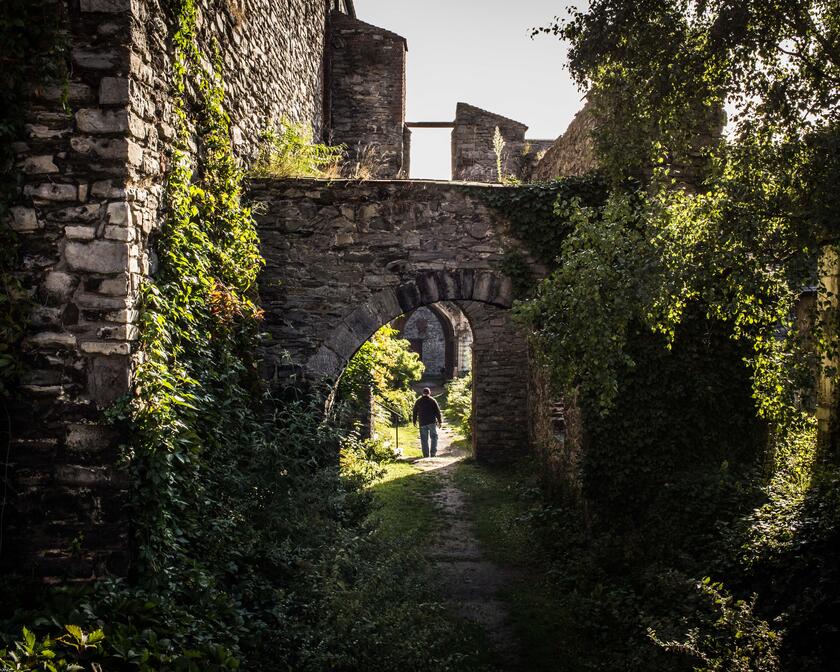St Bavo’s Abbey, a hidden oasis


The abbey was at the peak of its glory in the 11th century. In competition with St Peter’s Abbey nearby, it grew into a complex that included an abbey church, of which the ‘oldest wall in Ghent’ is still standing.
In 1540, in revenge for the Ghent uprising, Emperor Charles V ordered the demolition of the abbey. The surrounding village was not spared either. This brutal verdict (the ‘Concessio Carolina’) included an order that a Spanish fortress be built on the site of the abbey, sealing the city’s defeat.
Scan the QR codes and discover the eventful history of this unique site.

Today the shape of the original Romanesque church is marked out with green shrubs. Five-metre-high columns of hornbeam evoke the image of the disappeared church. Where the altar once stood is now a concrete stage where artists perform, giving a sense of the site’s former grandeur. To protect this magnificent site as much as possible, it is only open to visitors for a few hours a week.
You can schedule your group visit online through the link below. The staff at Museum Bookings Ghent will get back to you as soon as possible with all the necessary the details of your reservation.
For a guided visit or tour contact one of these three guides’ associations: